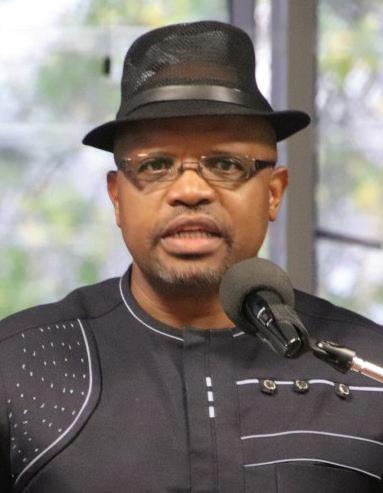
5 minute read
The hidden histories and their power to break psychological domination
Dr Jongi Klaas
The colonial conquest of Southern Africa was not just about annexation of land, it was a comprehensive systematic process anchored on the following fundamental pillars: Dispossession of the land and livestock; Displacement of Africans in order to cut the strong cultural umbilical cord with their ancestral lands; Dismantling of the royal leadership which was the source of nationhood; Destruction of the strong symbols of African culture, history and identities; and the Dehumanisation of Africans by reducing them into commodities of cheap labour.
There are several critical aspects why the Eastern Cape wars of resistance remained significant in the broader context of history of African resistance. In the entire history of the three centuries of British Imperialism in the Americas, the Caribbean Islands, Africa, Asia and Australasia, there is no nation on earth that resisted the British conquest for a period of one hundred years between 1779 and 1879, except for the people of the Eastern province of South Africa.
The 68 military posts and 48 forts such as Fort Frederick, Fort England, Fort Beaufort, Fort Hare, Fort Cox and Fort Jackson, are the undisputable testimony of the unparalleled longest wars of resistance fought in the world. The resistance to the British encroachment beyond the Eastern Cape was characterised by battles, whilst in the Eastern Cape they fought wars that were sustained through the innovative military rotation of combatants and supply lines. The first British ethnic cleansing of the Scorched Earth policy, which was the total decimation of African populations, was implemented in this province between Ggeberha and Nxuba River near Makhanda. The royal leaders including Prince Ndlambe, Prince Chungwa, King Hintsa, Prince Maqoma and King Sandile found themselves having to lead agonising wars in the coalface of the military brutality of British imperialism in Southern Africa.
Therefore, it is of paramount importance to rectify the tragedy of our distorted South African history in South Africa, by rewriting our history in order to challenge our colonial mindsets of selfhatred and self-destructive tendencies, as well as to reverse the deep-seated psychological legacy of colonialism. As South Africans, we need to dig deeper and be willing to adapt to tackle some of the challenges we are grappling with as the current generation.

The manner in which South African history from 1652 onwards has been packaged and rebranded in the school History textbooks, has always glorified the stories of the conquerors and misrepresented the accounts of the African people. The impact of decades of teaching a highly distorted history of conquest cannot be underestimated. It created deep-seated psychological scars of confused generations with no proud history, culture, language and identity. Hence, Bishop Sigqibo Dwane once lamented that “The post missionary Christianity in Africa with its links to colonialism, capitalism and the abstract proclamation of the gospel, has created a deep cultural confusion and left permanent scars on the souls of African people.”
We should use these historical accounts not to entrench tribalism and superiority, rather to draw courage and indomitable spirit to break the colonial barriers and shackles of psychological domination.
Dr Klaas has written the article in his personal capacity. His latest book Triangle of One Hundred Years Wars has been published by University of Johannesburg Press. Below are excerpts from the article.
“Peires (1981) observed that “The Xhosa, through their long exposure to European methods of making war, learned how to face firearms and how to use them to the best advantage. They adopted tactics which neutralised the massive technological superiority of their opponents...(160).” At the time, amaXhosa had courageous leaders who marshalled their people, engaged in discreet building of alliances, executed highly sophisticated strategies and were able to sustain protracted wars in order to neutralise the enemy.”
“The calibre of the leaders of amaXhosa in the forefront of the Wars was incredible. They had the unshakable interests of their people at heart, immense resolve and the willingness to suffer unbearable pain and even face death because they believed that true leadership embodied selflessness, fearlessness, great courage and vision. They refused to buckle in the face of the mighty British Empire and its superior weaponry.”
“The author goes on to cite Peires again, where he says: “The age of resistance was also the heroic age of the Chiefs: Ndlambe, Chungwa, Hintsa, Sarhili, Maqoma, Tyhali, and Sandile may have had their faults, but they did not sell out. They stood up for their people and deserve a salute!” (164).”
“This book must serve the purpose of rekindling national consciousness, pride in our heroic ancestors and patriotism, such that current leaders can awaken to the imperative to rehabilitate our glorious history! Those were great heroes and patriots - they may not have worn Gucci or Fabiani shoes - those were real men and not fakes!”
“Thus Government funding should be allocated to rewriting and rehabilitating our history!
Moshoeshoe, Cetshwayo Sekhukhune and others of our great kings and warriors deserve better!”
AS A TENET FOR










